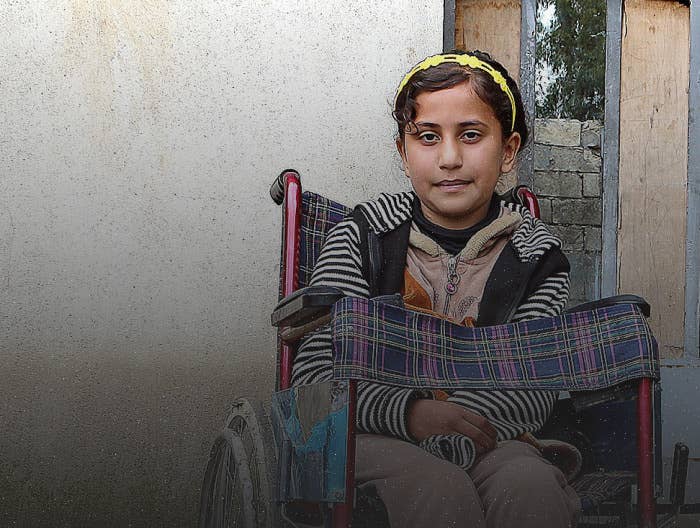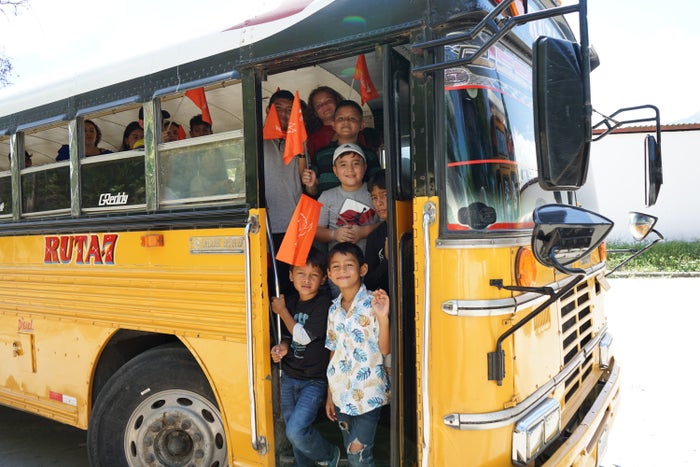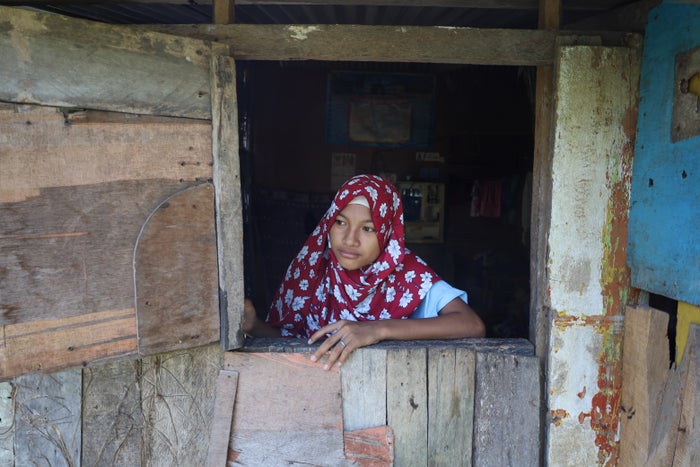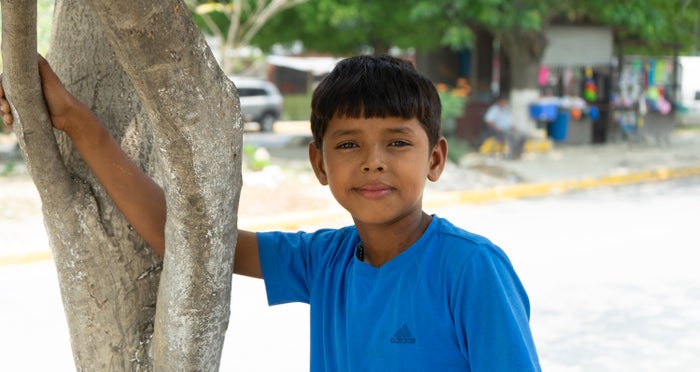“It was Friday – the day of prayer. There was fighting and bombs everywhere. I ran from my home, terrified. That’s when a bomb fell beside me.”
At 10 years of age, Raja survived a deadly explosion just feet from her. She was caught in the deadly crossfire between the Iraqi government and occupying ISIL forces in the city of Mosul.
Story continues after "In Short"
In Short
- More than 2.1 million Iraqis have been displaced by conflict, and hundreds of thousands of civilians like Raja have been injured or killed.
- Raja was severely injured by a bomb that exploded by her home, which still gives her nightmares.
- Raja is making great strides in recovery at a World Vision Child-friendly Space.

Raja lost the ability to walk in an airstrike over her city.
World Vision
“I remember lying on the ground,” she says. “I looked at my hand bleeding. There was blood coming from my stomach.” She lost her hand in the explosion, and even after multiple reconstructive surgeries, her feet and legs are still badly damaged.
She wouldn’t have a wheelchair until many months later. Before then, she had to be carried everywhere. In some ways, her loss of physical independence was just as painful as her injuries.
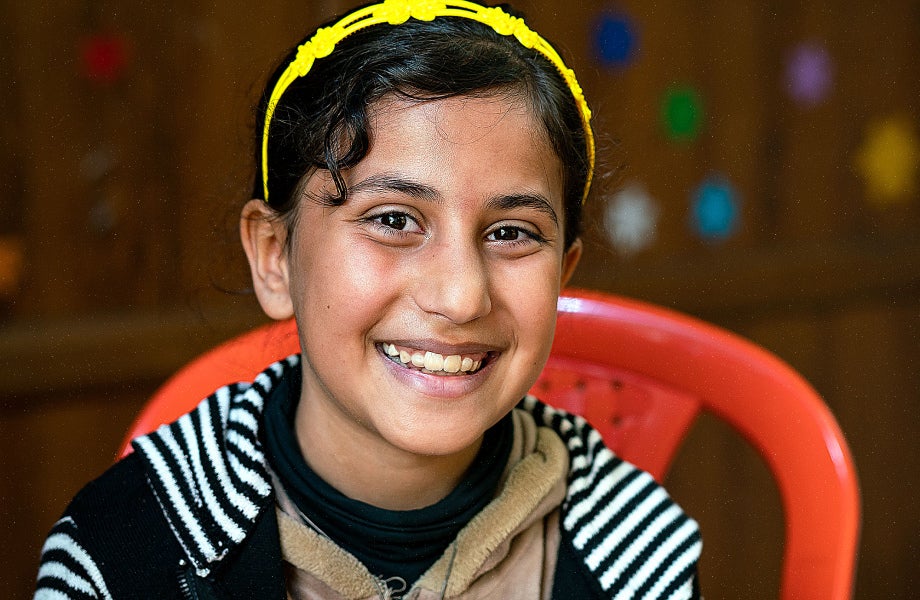
The care received from World Vision staff is helping Raja work through the trauma.
World Vision
Two years after the city’s liberation, hundreds of child survivors like Raja were still afraid to leave their homes. Urban war zones like Mosul are filled with buildings on the verge of collapse and undetonated explosives. Raja’s house, though damaged by the explosion itself, felt safer than the uncertainty and exposure of the outdoors.
“I didn’t want to leave home, so I stayed inside,” she remembers. “Sometimes I would just sit in the doorway and feel the warmth of the sun on my face.”

Raja loves the activities in World Vision's Child-Friendly Space
World Vision
Raja started her mental and emotional recovery at a Child-friendly Space established by World Vision. She met workers who had experienced many of the same atrocities and cared deeply for kids like her. She started attending psychological counseling with a specialist who focuses on children who’ve lived through combat.
With months of professional care with her case worker, socially constructive activities at the centre, and financial assistance for her family, Raja’s spirit has mended and she’s adjusting to her new body.
“I love singing,” she says, smiling. “I love drawing pictures and painting. I like drawing mountains and rivers…because I want to go to those places.”
Although her home city is in ruins, Raja has her future in mind. “I’d like to be a doctor,” she says. “I want to be like the doctor who helped me, so I can help others too.”
What can I do?
It’s easy to feel helpless in situations like this but rest assured… you, us, everyone, together, can help make life-changing impact. And we are!
Here are three different ways you can be a part of the change.
- 1
Wear your impact
Buy a T-shirt and help those living in the most dangerous places, such as South Sudanese refugee Lina, whose beautiful art is featured on the shirts. Limited time offer!
Take a look - 2
Sign our Petition
Add your voice to demand a better life for children.
- 3
Donate
Every gift makes a difference. Our Raw Hope fund helps children living in the world’s most dangerous places.
Donate Now - 4
Share on Social Media
Raising awareness is vital. Help make people aware of the situation and the difference we can make, together.
